Don’t know if you are a meditator, but you should be, and since I have the true-zen-skinny on this, here’s the method. Don’t be kept in darkness by disciplines that hide the products of the mind and specifically the ego behind golden mantras and visualizations. Do this:
1) Sit comfortably. I don’t imagine kneeling works for you as it does for me after 18 years of it in Aikido. I’ve never been comfortable sitting cross-legged, although that’s good too, if you can manage it. But most important is to provide a way for the spine to straighten as it relaxes with practice. This means finding a middle ground between a) the hara (in Japanese, the center of one’s being, both physical, and psychic—two inches below the navel, within the abdomen) and pelvis being thrust all the way forward (as if the entire spine is perpendicular to the thighs) and b) the hara and pelvis not engaged and slumped all the way back curving the bottom of the spine. In other words, more towards ‘a)’, avoiding ‘b)’ but not extremely towards ‘a).’ Keep in mind with all this: take the middle path through everything. Balance between all extremes.
So, I recommend you sit on the edge of your bunk, feet on the floor, and accept as a first principle that posture is important, and is one of the things you will be keeping an eye on, though you won’t be trying to fix it. With the posture it’s more of an allowing. A good guide is to imagine a string running from the top of the head, pulling it up. DO NOT however stretch the neck in any muscular fashion to accommodate that image. Just check in with it now and then.
2) Keep in mind, as an overarching principle: You are ‘just sitting.’ That’s the real truth of it, nothing more. It’s handy to know that this is the apotheosis of Zen meditation, especially when you close your eyes and it looks like War of the Worlds in there, or when you struggle to concentrate, or of any kind of phantasmagoria takes you over, remember, all those are simply products of the mind, whereas you are JUST SITTING.
3) Here is the nut of the practice, the guide, as it were, that you can always count on to not only keep you on point but to every day advance your practice. WATCH YOUR BREATH. Especially, at first, just watch. Ascertain to begin with whether you breathe properly. This is simply a right or wrong evaluation, easily made. Refinements are possible later on, but most basic and critical is: ask yourself, as you breathe, as you watch closely how it happens: when you breathe in does your diaphragm move out or in? A large percentage of people in the West breathe backwardly. In other words their diaphragms move in when they breathe in, initially expanding the chest. This is wrong, wrong, wrong, and independent of any meditation practice should be corrected and mastered immediately.
Fortunately, if one does it wrong by habit, it is still easy to change and have it stay the new way. Which is, when you breathe in, the diaphragm moves out, expanding. Only when the diaphragm is fully (balance again, no extremes) expanded does the chest cavity expand, only then if that much breath is needed. (Incidentally, you will eventually notice that of course the diaphragm is not filling with air. We have no lungs down there. What happens is that the source of the breath impulse (you’ll have to determine that for yourself) causes the diaphragm to expand, which draws air into the lungs.)
The breath is not shy in giving up its secrets, you’ll find much to reward every day as you pry gently into its source, its causes, etc. etc., which are all revealed by an unstinting watching. Returning to watching the breath also serves like the ‘just sitting’ reminder, as something true and simple to return to when the insights and revelations turn to fantasy, as they always do.
4) The last piece of this is of course tied to the others. Proper diaphragm breathing makes its home in the hara. The Supreme practice, in other words, putting all of the above together, is to have one’s attention at all times in the hara. This requires returning to its practice every few seconds, since that’s how rapidly we are pulled away by ego and fantasy. Gradually, one acquires the ability to make it last longer, although one is invariably and unknowingly led away. Then to return to all of the above.
Example: I’m watching my breath arise from its impulse in the perineum (it may be a while before you SEE that it does come from there, it may initially seem pulled from somewhere higher up), I’m simultaneously centering my attention in my hara. As fantasy tries again and again to arise I wrestle my attention back into my hara. Then I notice all that effort and give it up, remembering, after all, the reality (stripped of the products of the mind) is that I am ‘just sitting.’ Which begins it all again, fresh.
5) Keep in mind that the ultimate result of all spiritual practice is RELAXATION. That I am speaking literally may or may not shock but I guarantee its truth. So as you watch, watch also for tightenings that may be loosed downward—the direction of all relaxing. In Aikido this has been phrased sometimes as ‘sinking weight downward.’ One’s limbs are as if hollow tubes, in which the weight lays in the bottom, like sand in a drainpipe or culvert. Here, the necessary balancing counterpoint is keeping the pelvis mostly erect, and allowing the head to be supported by that imaginary string.
The above should give a worthy start. What I’ve mentioned are what seem to me essential simplicities that drive any spiritual practice of sitting meditation, gleaned from 35 years or so of various practices. I know they can only help. Such is the power of their simplicity that whatever the level of immersion of the practice, they inform. I cannot recommend highly enough this sitting meditation (as opposed to moving, not that there’s anything wrong with that).
And far from being boring, as one might suppose, it’s actually so wild that it’s all one can do to watch, without investment, the phantasmagoria which is our internal life. And of course, all is revealed eventually, the ego naked in its machinations, the Self, the Witness, lovers though they were, etc. It actually couldn’t be more exciting, being that it’s concerned with the truth.
1) Sit comfortably. I don’t imagine kneeling works for you as it does for me after 18 years of it in Aikido. I’ve never been comfortable sitting cross-legged, although that’s good too, if you can manage it. But most important is to provide a way for the spine to straighten as it relaxes with practice. This means finding a middle ground between a) the hara (in Japanese, the center of one’s being, both physical, and psychic—two inches below the navel, within the abdomen) and pelvis being thrust all the way forward (as if the entire spine is perpendicular to the thighs) and b) the hara and pelvis not engaged and slumped all the way back curving the bottom of the spine. In other words, more towards ‘a)’, avoiding ‘b)’ but not extremely towards ‘a).’ Keep in mind with all this: take the middle path through everything. Balance between all extremes.
So, I recommend you sit on the edge of your bunk, feet on the floor, and accept as a first principle that posture is important, and is one of the things you will be keeping an eye on, though you won’t be trying to fix it. With the posture it’s more of an allowing. A good guide is to imagine a string running from the top of the head, pulling it up. DO NOT however stretch the neck in any muscular fashion to accommodate that image. Just check in with it now and then.
2) Keep in mind, as an overarching principle: You are ‘just sitting.’ That’s the real truth of it, nothing more. It’s handy to know that this is the apotheosis of Zen meditation, especially when you close your eyes and it looks like War of the Worlds in there, or when you struggle to concentrate, or of any kind of phantasmagoria takes you over, remember, all those are simply products of the mind, whereas you are JUST SITTING.
3) Here is the nut of the practice, the guide, as it were, that you can always count on to not only keep you on point but to every day advance your practice. WATCH YOUR BREATH. Especially, at first, just watch. Ascertain to begin with whether you breathe properly. This is simply a right or wrong evaluation, easily made. Refinements are possible later on, but most basic and critical is: ask yourself, as you breathe, as you watch closely how it happens: when you breathe in does your diaphragm move out or in? A large percentage of people in the West breathe backwardly. In other words their diaphragms move in when they breathe in, initially expanding the chest. This is wrong, wrong, wrong, and independent of any meditation practice should be corrected and mastered immediately.
Fortunately, if one does it wrong by habit, it is still easy to change and have it stay the new way. Which is, when you breathe in, the diaphragm moves out, expanding. Only when the diaphragm is fully (balance again, no extremes) expanded does the chest cavity expand, only then if that much breath is needed. (Incidentally, you will eventually notice that of course the diaphragm is not filling with air. We have no lungs down there. What happens is that the source of the breath impulse (you’ll have to determine that for yourself) causes the diaphragm to expand, which draws air into the lungs.)
The breath is not shy in giving up its secrets, you’ll find much to reward every day as you pry gently into its source, its causes, etc. etc., which are all revealed by an unstinting watching. Returning to watching the breath also serves like the ‘just sitting’ reminder, as something true and simple to return to when the insights and revelations turn to fantasy, as they always do.
4) The last piece of this is of course tied to the others. Proper diaphragm breathing makes its home in the hara. The Supreme practice, in other words, putting all of the above together, is to have one’s attention at all times in the hara. This requires returning to its practice every few seconds, since that’s how rapidly we are pulled away by ego and fantasy. Gradually, one acquires the ability to make it last longer, although one is invariably and unknowingly led away. Then to return to all of the above.
Example: I’m watching my breath arise from its impulse in the perineum (it may be a while before you SEE that it does come from there, it may initially seem pulled from somewhere higher up), I’m simultaneously centering my attention in my hara. As fantasy tries again and again to arise I wrestle my attention back into my hara. Then I notice all that effort and give it up, remembering, after all, the reality (stripped of the products of the mind) is that I am ‘just sitting.’ Which begins it all again, fresh.
5) Keep in mind that the ultimate result of all spiritual practice is RELAXATION. That I am speaking literally may or may not shock but I guarantee its truth. So as you watch, watch also for tightenings that may be loosed downward—the direction of all relaxing. In Aikido this has been phrased sometimes as ‘sinking weight downward.’ One’s limbs are as if hollow tubes, in which the weight lays in the bottom, like sand in a drainpipe or culvert. Here, the necessary balancing counterpoint is keeping the pelvis mostly erect, and allowing the head to be supported by that imaginary string.
The above should give a worthy start. What I’ve mentioned are what seem to me essential simplicities that drive any spiritual practice of sitting meditation, gleaned from 35 years or so of various practices. I know they can only help. Such is the power of their simplicity that whatever the level of immersion of the practice, they inform. I cannot recommend highly enough this sitting meditation (as opposed to moving, not that there’s anything wrong with that).
And far from being boring, as one might suppose, it’s actually so wild that it’s all one can do to watch, without investment, the phantasmagoria which is our internal life. And of course, all is revealed eventually, the ego naked in its machinations, the Self, the Witness, lovers though they were, etc. It actually couldn’t be more exciting, being that it’s concerned with the truth.
--R Skogsberg



































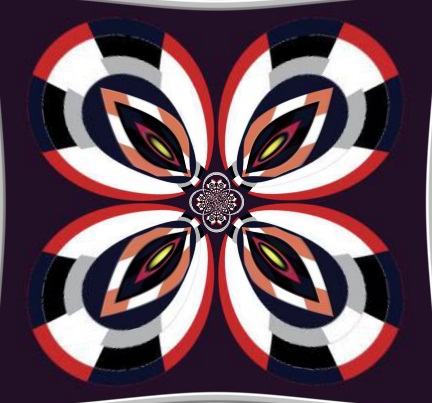
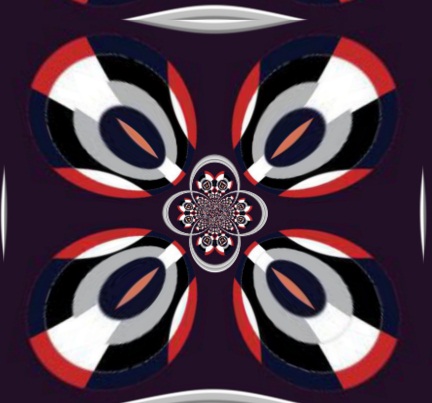
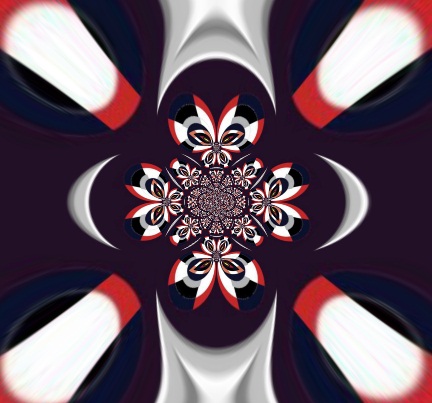


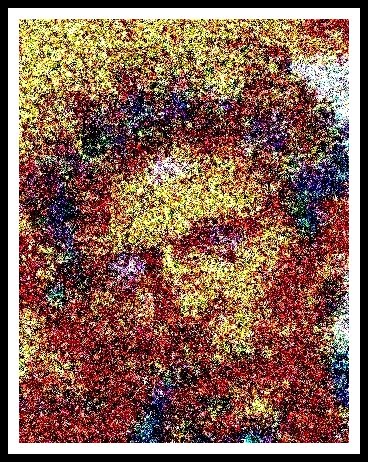

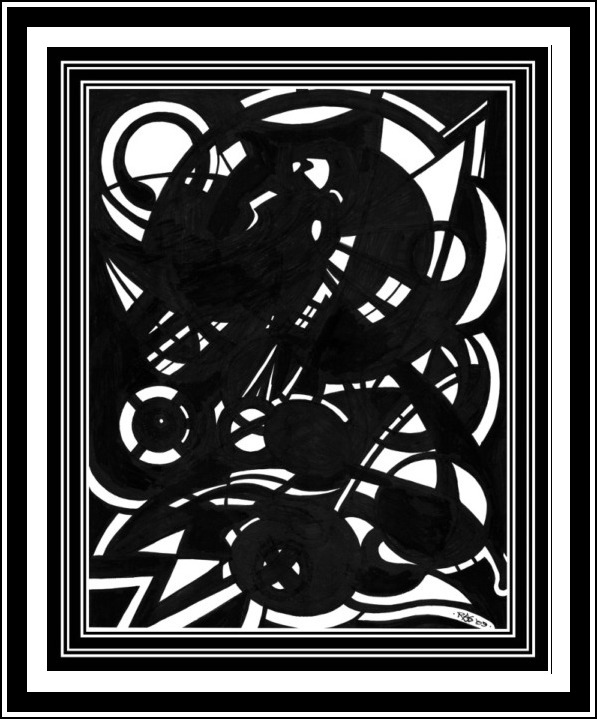






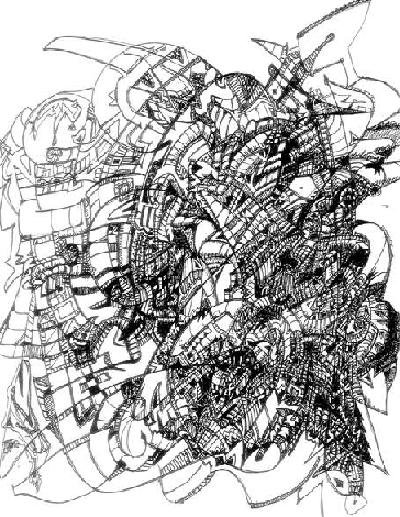

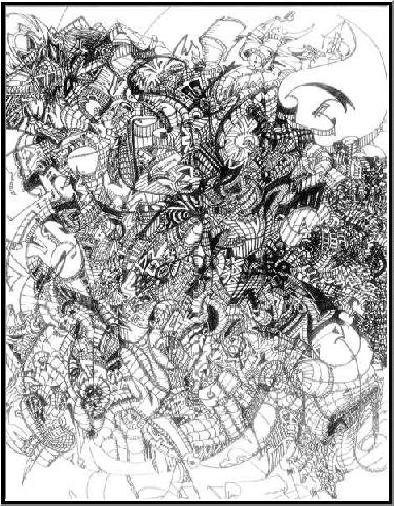
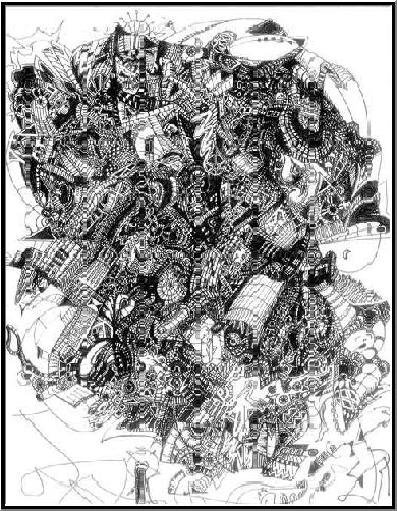
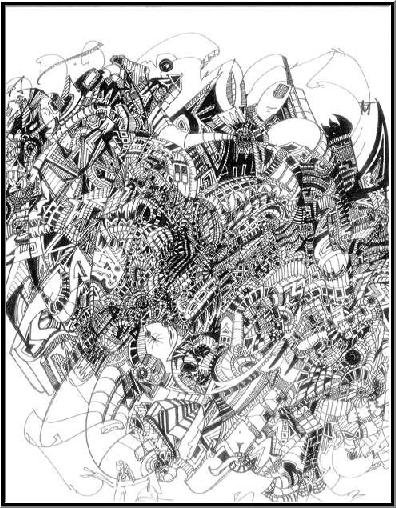
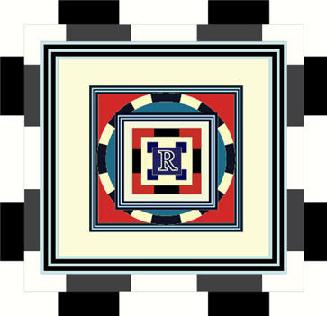
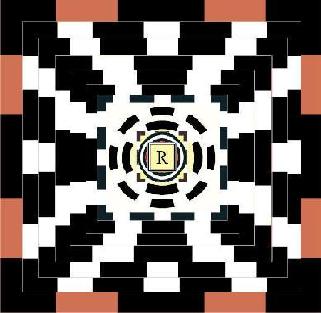

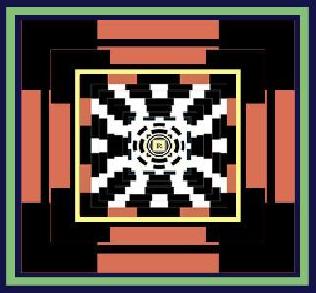


No comments:
Post a Comment